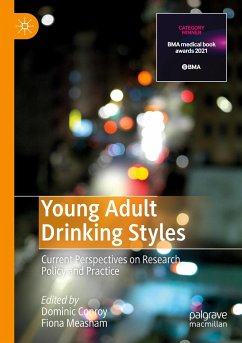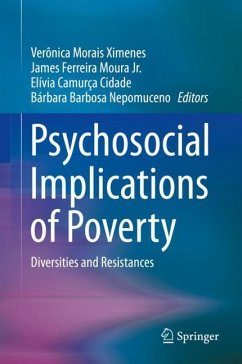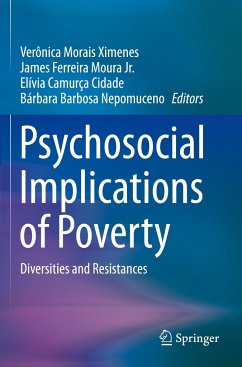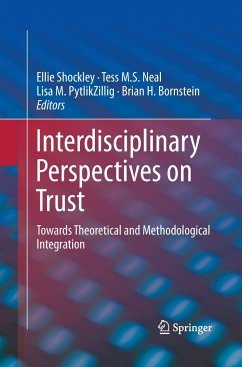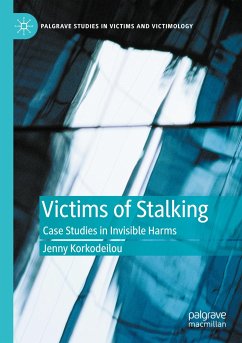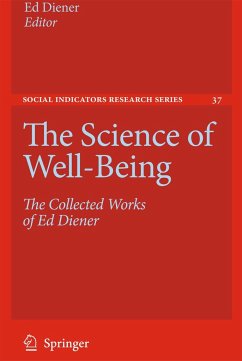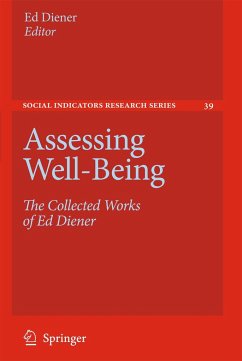Nicht lieferbar

Young Adult Drinking Styles
Current Perspectives on Research, Policy and Practice
Herausgegeben: Conroy, Dominic; Measham, Fiona
Versandkostenfrei!
Nicht lieferbar
This book brings together cutting-edge contemporary research and discussion concerning drinking practices among young adults (individuals aged approximately 18-30 years old). Its chapters showcase an interdisciplinary range of perspectives from psychology, sociology, criminology, geography, public health and social policy. The contributors address themes including how identity becomes involved in young adult drinking practices; issues relating to the non-consumption of alcohol within friendship groups; and the role of social context, religious and ethnic orientation, gender identity, and socia...
This book brings together cutting-edge contemporary research and discussion concerning drinking practices among young adults (individuals aged approximately 18-30 years old). Its chapters showcase an interdisciplinary range of perspectives from psychology, sociology, criminology, geography, public health and social policy. The contributors address themes including how identity becomes involved in young adult drinking practices; issues relating to the non-consumption of alcohol within friendship groups; and the role of social context, religious and ethnic orientation, gender identity, and social media use. In doing so, they highlight changing trends in alcohol consumption among young people, which have seen notably fewer young adults consuming alcohol over the last two decades.
In acknowledging the complex nature of drinking styles among young adults, the contributors to this collection eschew traditional understandings of young adult drinking which can pathologise and generalise. They advocate instead for an inclusive approach, as demonstrated in the wide range of disciplinary backgrounds, cultural perspectives, methods and international settings represented in this book, in order to better understand the economic, socio-cultural and pharmacological crossroads at which we now stand. This book will appeal in particular to researchers, theorists, practitioners and policy makers working in the alcohol and drugs field, public health and health psychology, in addition to students and researchers from across the social sciences.
In acknowledging the complex nature of drinking styles among young adults, the contributors to this collection eschew traditional understandings of young adult drinking which can pathologise and generalise. They advocate instead for an inclusive approach, as demonstrated in the wide range of disciplinary backgrounds, cultural perspectives, methods and international settings represented in this book, in order to better understand the economic, socio-cultural and pharmacological crossroads at which we now stand. This book will appeal in particular to researchers, theorists, practitioners and policy makers working in the alcohol and drugs field, public health and health psychology, in addition to students and researchers from across the social sciences.




